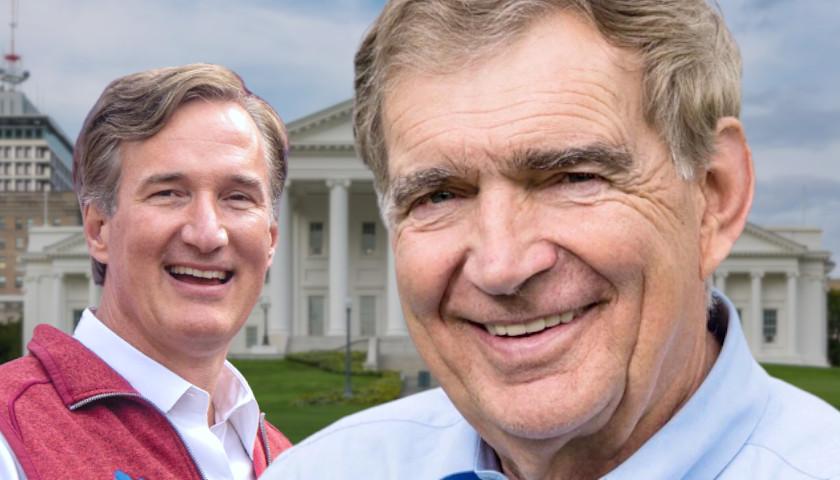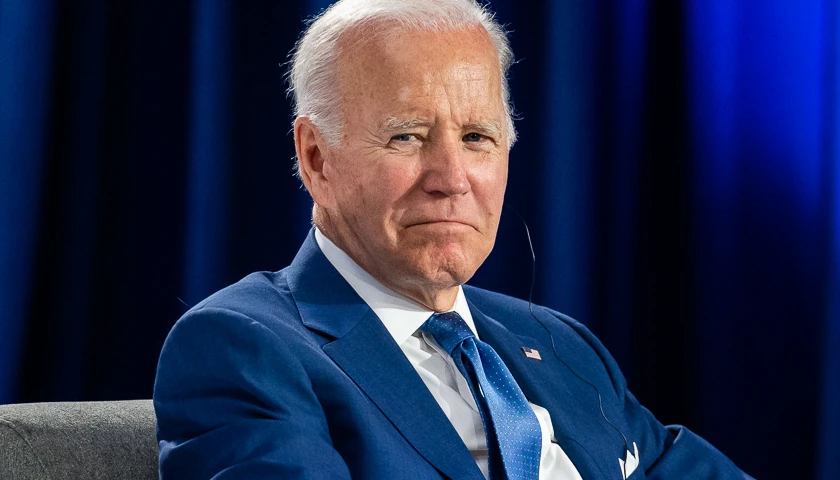by Morgan Sweeney
Virginia entered the fiscal year on July 1 without a revised budget for the first time in over 20 years due to a lack of consensus in the General Assembly – to the tune of roughly $1 billion.
Virginia operates on a two-year budget that is passed in even years, but revisions are made in odd years to keep up with state programs, priorities and changes in legislation.
Youngkin wants about $1 billion to go back to Virginians through tax cuts and credits, while Democrats see that money as crucial to supporting state programs that don’t have the funding they need.
“There has not been good cooperation from the parties involved to stay at the table,” said Sen. Emmett Hanger, D-Staunton. “The governor wants what he wants and has not been willing to give.”
Meanwhile, just yesterday, the governor announced preliminary numbers indicating the commonwealth ended the fiscal year with $3 billion more in general fund revenues than projected, for a total of $5.1 billion in excess revenues – and that’s with Youngkin’s 2022 tax relief measures built in.
To the governor, the excess proves his point that Virginians don’t get to keep enough of their own money since Virginia implemented tax breaks last year and still ended up with a surplus. Youngkin argues more can be done in that direction.
“Virginians remain overtaxed. Last year we provided $4 billion of tax relief for individuals, families and veterans,” Youngkin said. “Just as we did last year, I am calling on the General Assembly to reject the partisan, business-as-usual approach in Richmond, and agree on a deal that lowers the cost of living and cost of doing business in Virginia while investing in our shared priorities.”
Education is at the forefront of the budget debates. The Joint Legislative Audit and Review Commission released its report last week indicating that Virginia schools have been underfunded for years, fueling finger-pointing among Assembly Democrats and Republicans.
The discovery came shortly after the fiscal year had begun, with Virginia school districts in the dark about their state allocations for the school year.
Many programs set to receive state funding due to this year’s budget amendments are having to operate without those resources as state legislators attempt to agree. The budget includes support for state parks amid their busy season, behavioral health programs and regulation of delta-8 THC – all causes suffering from lack of proper staffing or the ability to implement changes that were supposed to be effective July 1, along with the budget.
Youngkin urges state legislators to embrace an “‘and’ not ‘or’” mentality, enacting a budget that will give back to Virginians while still giving proper attention – and funding – to other state priorities.
But Democrats aren’t enthused.
The JLARC report concluded that Virginia will need to invest $3.5 billion more in schools for its education funding to be on par with other states.
“It’s my hope that the JLARC report might spur the General Assembly, if they find a compromise, to really put our kids first,” said U.S. Senator Tim Kaine.
Budget negotiators reconvened Thursday for the first time after the breakdown in talks on June 30 to see if they can arrive at a compromise.
– – –
Morgan Sweeney is a staff writer covering Virginia and Maryland for The Center Square. Morgan was an active member of the journalism program as an undergraduate at Hillsdale College and previously freelanced for The Center Square.
Photo “Emmett Hanger” by Emmett Hanger. Photo “Glenn Youngkin” by Glenn Youngkin. Background Photo “Virginia Capitol” by Martin Kraft. CC BY-SA 3.0.






The JLARC report concluded that Virginia will need to invest $3.5 billion more in schools for its education funding to be on par with other states. My mother used to say “Just because someone else jumps off a bridge does not mean you need to jump too” Using this logic to fund education quite frankly is stupid.